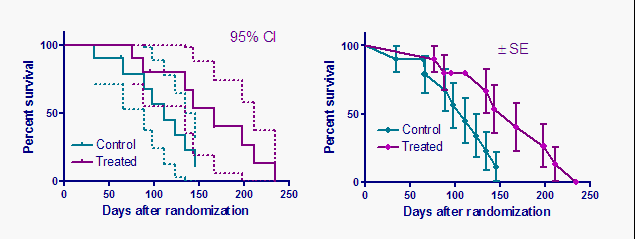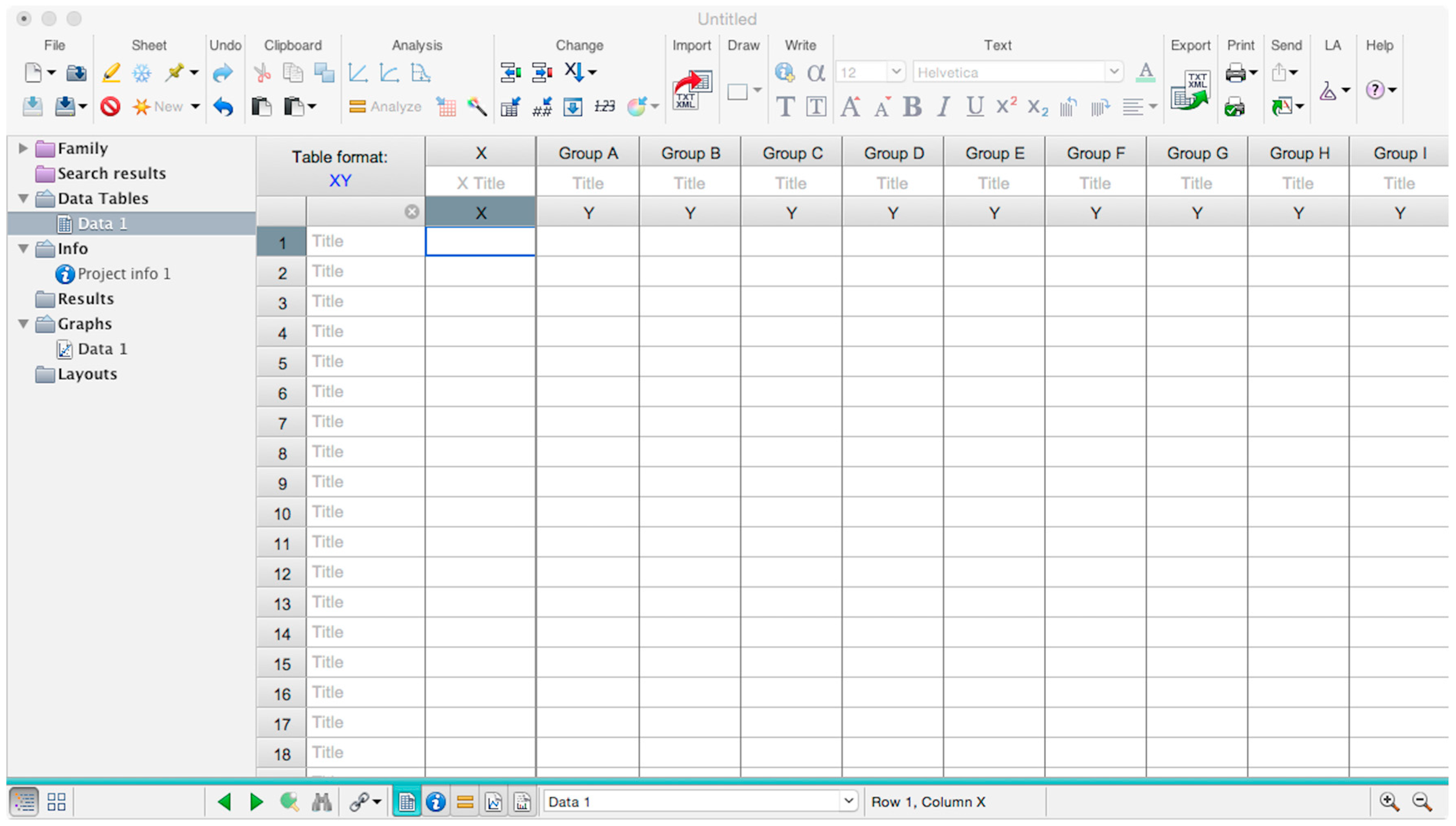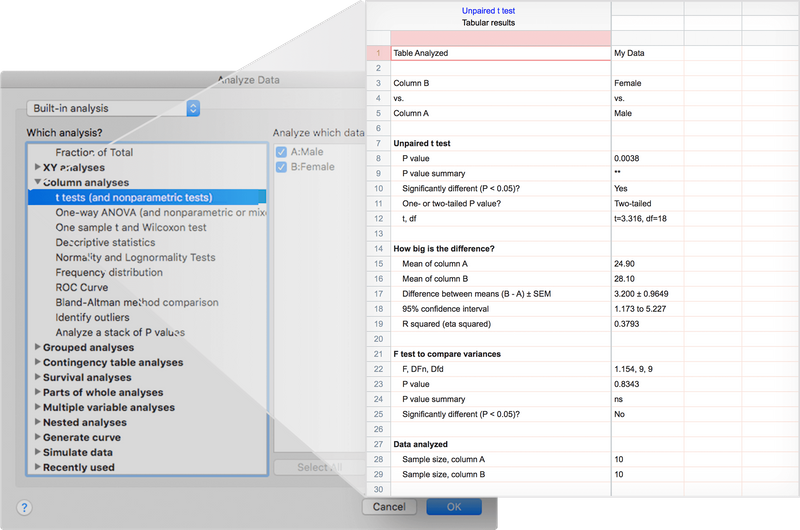
- #Graphpad prism 8 number at risk how to#
- #Graphpad prism 8 number at risk software#
- #Graphpad prism 8 number at risk zip#
The most common transformations are:Ĭomparison of groups Comparing unranked categorical data to hypothetical values (2 categories)Ĭategorical data are non numerical data and the values taken are usually names e.g.

If this is the case you can do the statistical analysis on the transformed data. So when data values are not normal, you can transform them and check if the transformed values do show a normal distribution. Some statistical analyses are only allowed on normally distributed data. This is often done to improve normality of the data.
#Graphpad prism 8 number at risk how to#
See how to perform mathematical transformations on your data. Important: do not exclude data values unless you have a good reason to do so Fortunately, Prism allows you to import data from files into tables.Ĭlick the title to see how to import data from a csv file into a table. Manually entering data is not very efficient. Importing your data from a text file in a table Click the title to see how to manually enter data in a table in Prism. Follow this link to see how to use these example data sets Entering your own data
#Graphpad prism 8 number at risk software#
Prism software comes with an elaborate set of example data sets. Analyses are only possible for a specific table type: you are not allowed to perform them on a table type they are not intended for!! Importing example data Graphs can be used for any table type but often they will not look good if you use a graph for a table type it is not intended for: the titles and the legend will be messed up. It is important to choose the right type of table for your data since graphs and especially analyses are linked strictly to specific table types. If necessary, replicates can be placed in subcolumns.įollow this link for an overview of the different types of tables in Prism. Tables contain columns: each column corresponds to one individual data set. Prism stores data in projects that can contain several tables: each table contains a set of measurements from one experiment. The medical field then came up with their own set of guidelines: the SAMPL guidelines. APA (American Psychological Association) style was the first and most commonly used set of rules to report statistics. Most universities require students to follow APA format in the reporting of statistics.

Pharmacology data set: effect of drug on receptor

Prism project containing additional data for the graphics exercises
#Graphpad prism 8 number at risk zip#
In the training we perform 4 exercises together using the following data sets (you can also download them in zip format): Q&A added during the Prism and Statistics theory training

slides of Prism course for ATP staff in Gasthuisberg.2.5.8 Exercise 15d: Color data points according to row (for paired data).2.5.7 Exercise 15c: Adding data sets to a graph.2.5.6 Exercise 15b: Changing the appearance of a plot.2.5.5 Exercise 15a: Using row titles as labels on a plot.2.4.6 Comparing groups of unranked categorical data defined by two grouping variables.2.4.5 Comparing groups defined by two grouping variables.2.4.3 Comparing three groups of measurements.2.4.2 Comparing unranked categorical data to hypothetical values (3 or more categories).2.4.1 Comparing unranked categorical data to hypothetical values (2 categories).2.1.5 Automatically generating values of a table.2.1.4 Importing a European csv file in a table.2.1.3 Importing your data from a text file in a table.


 0 kommentar(er)
0 kommentar(er)
